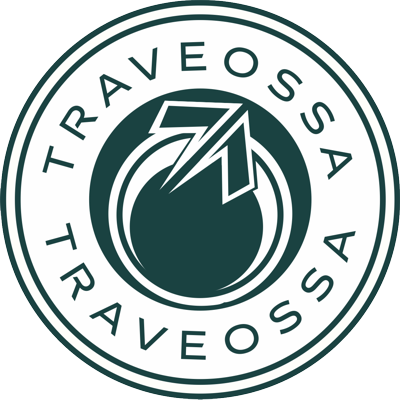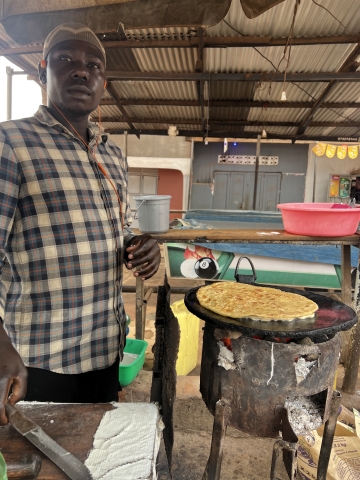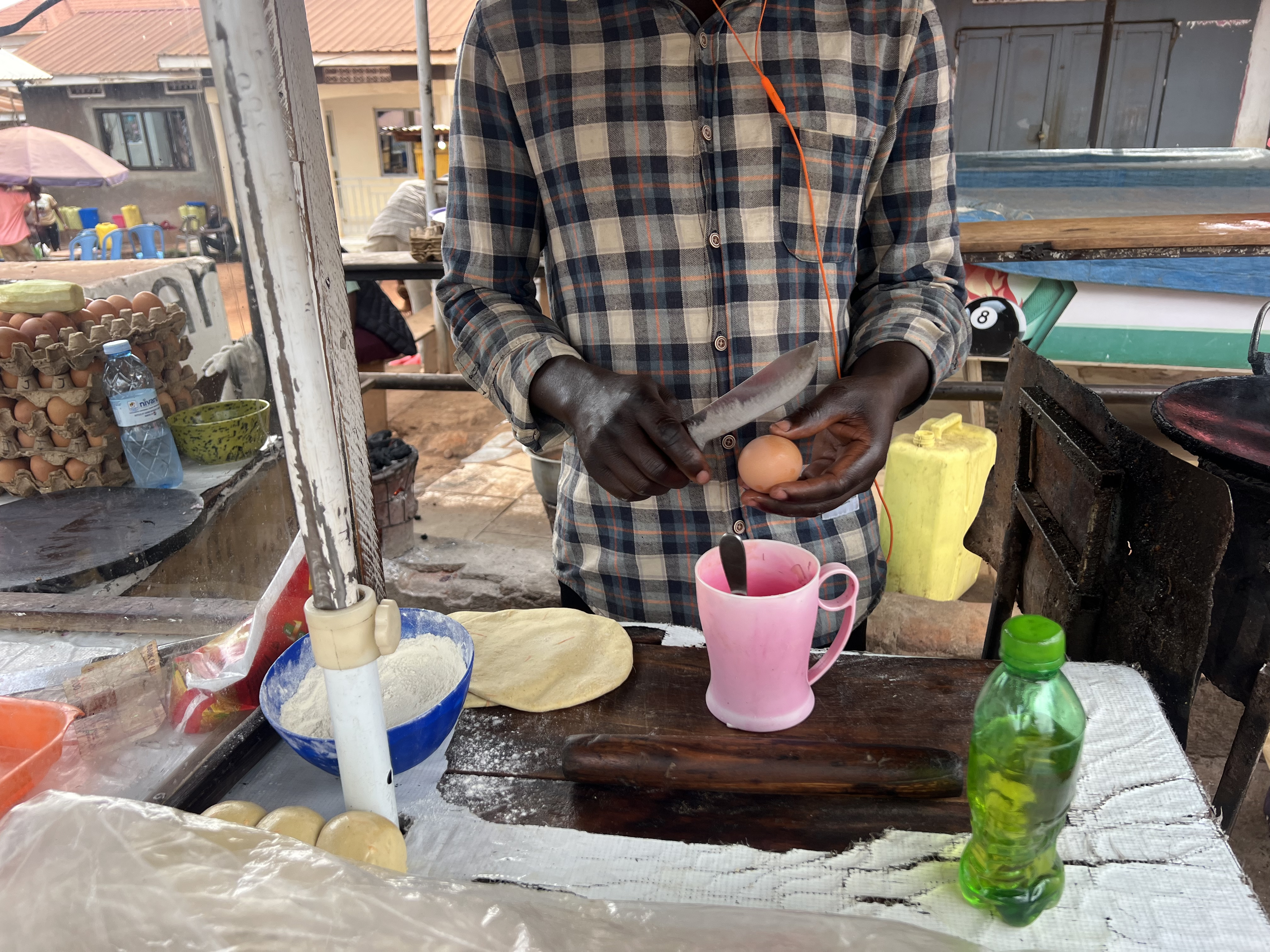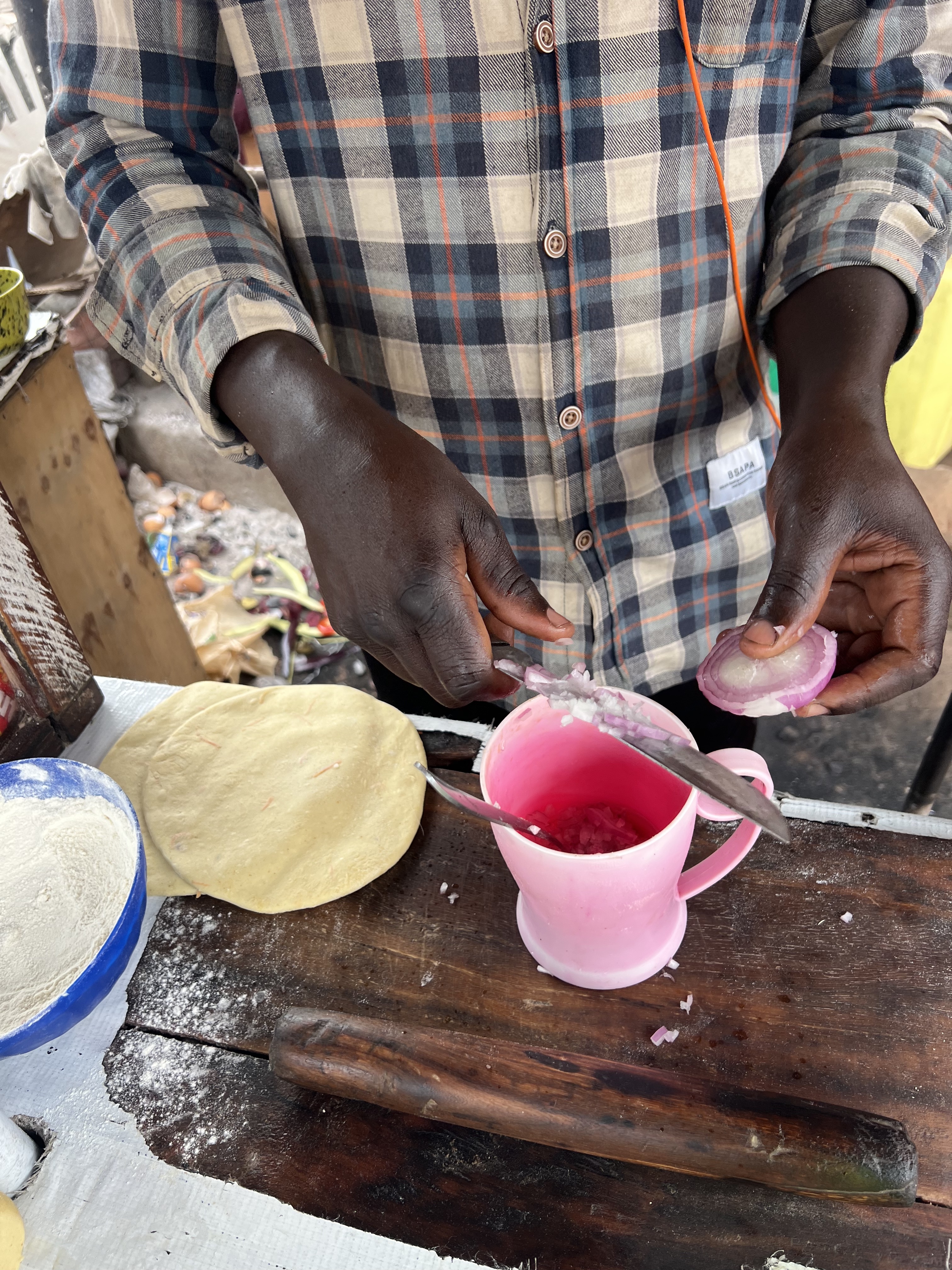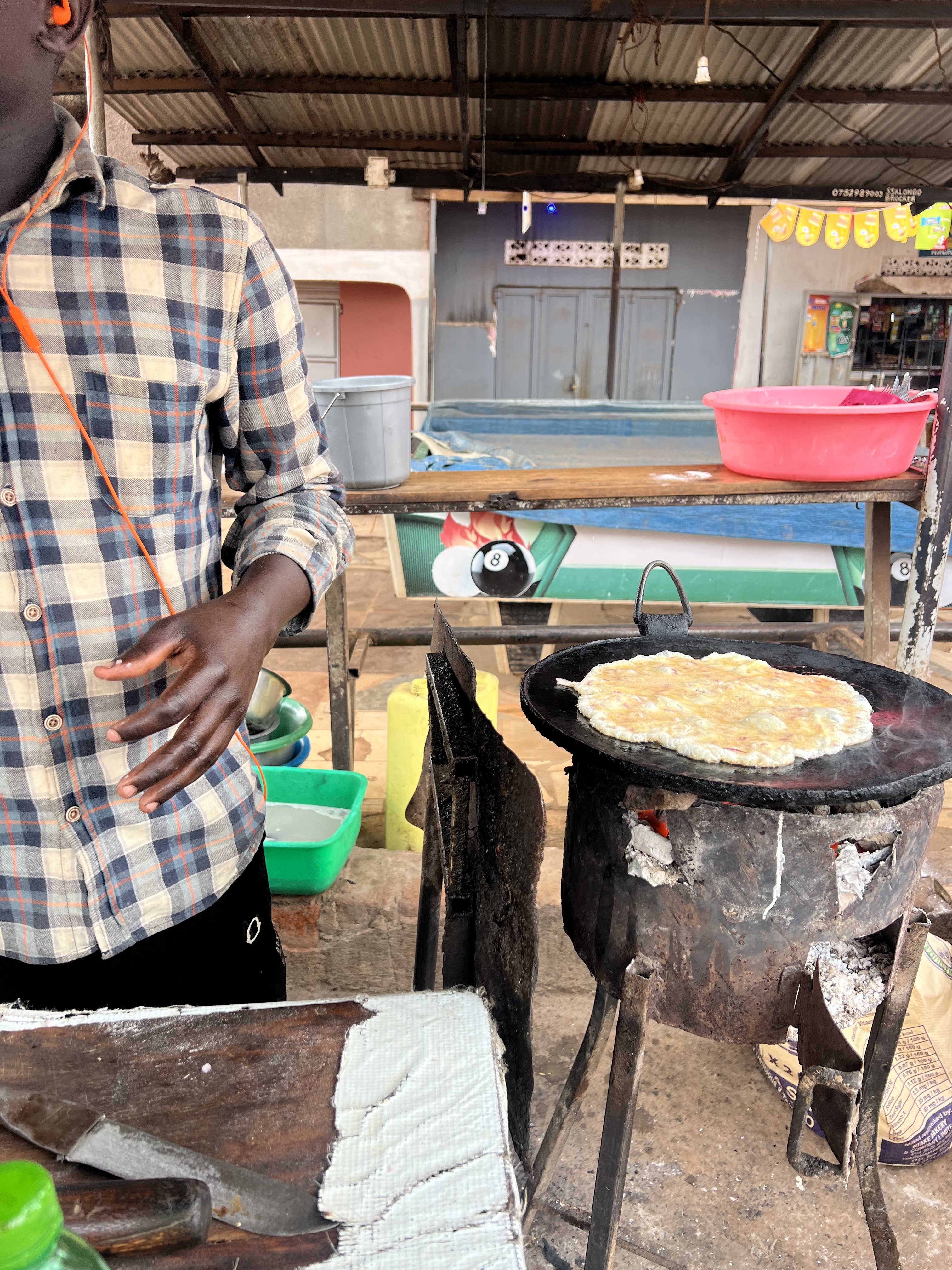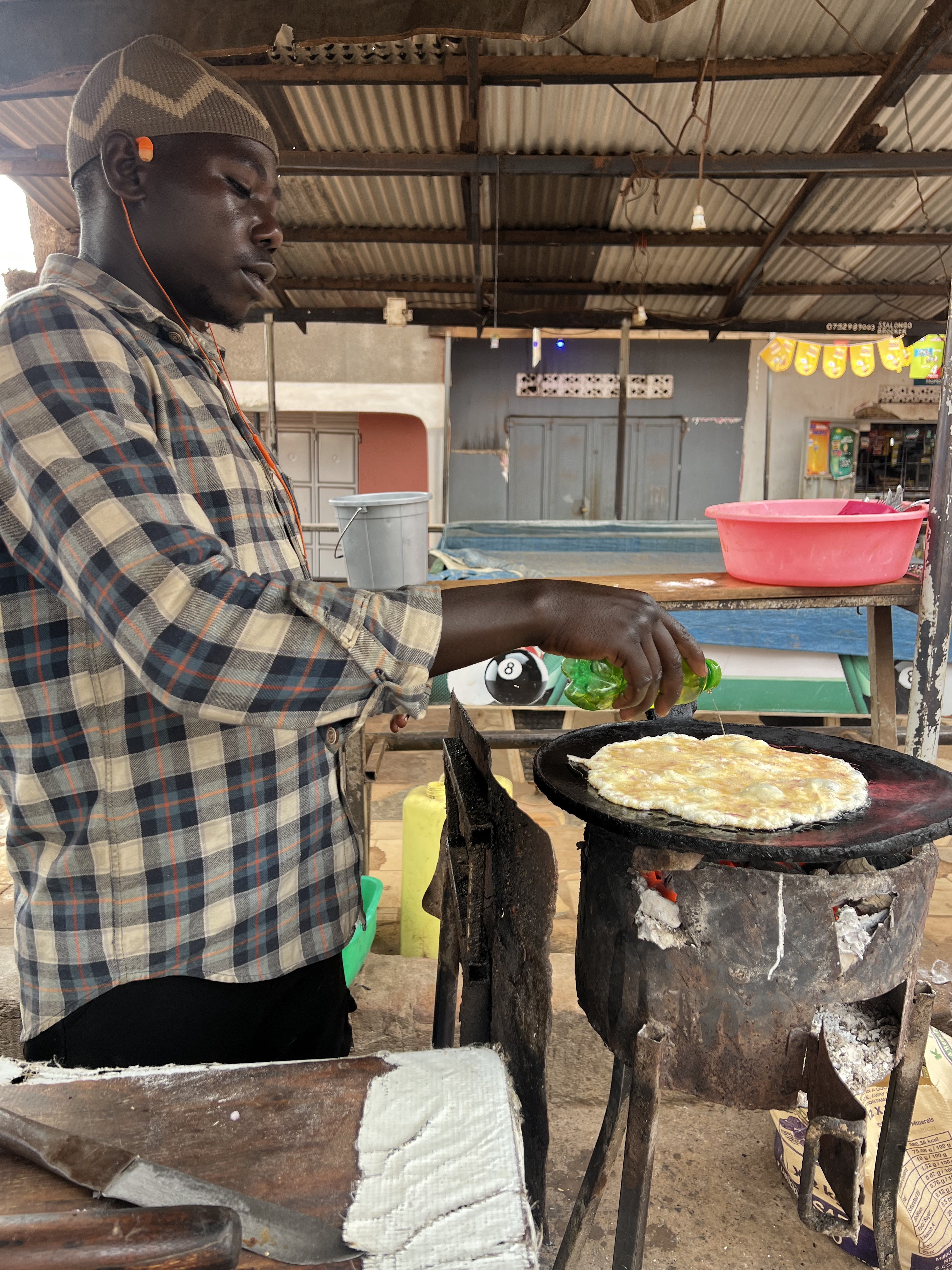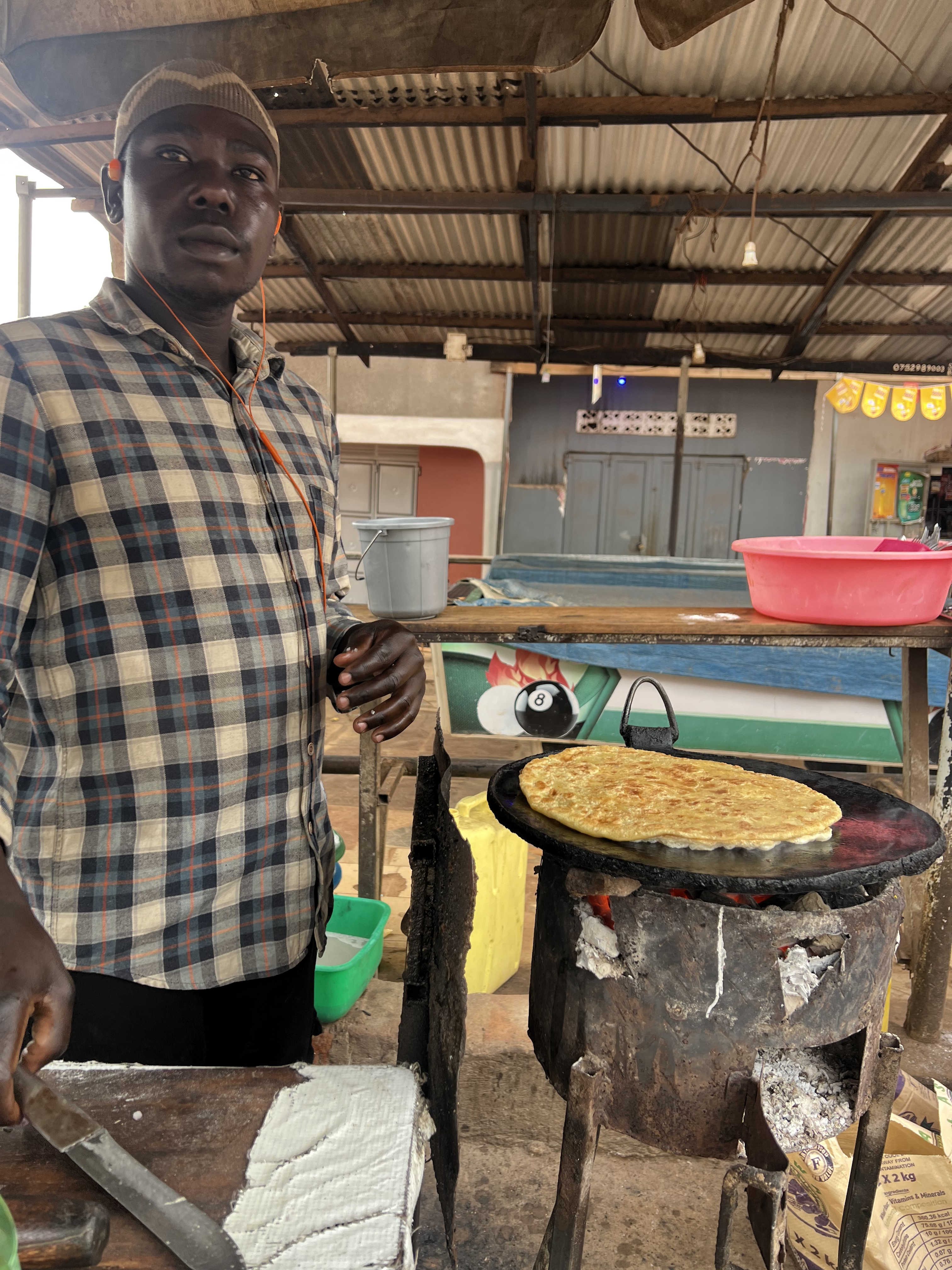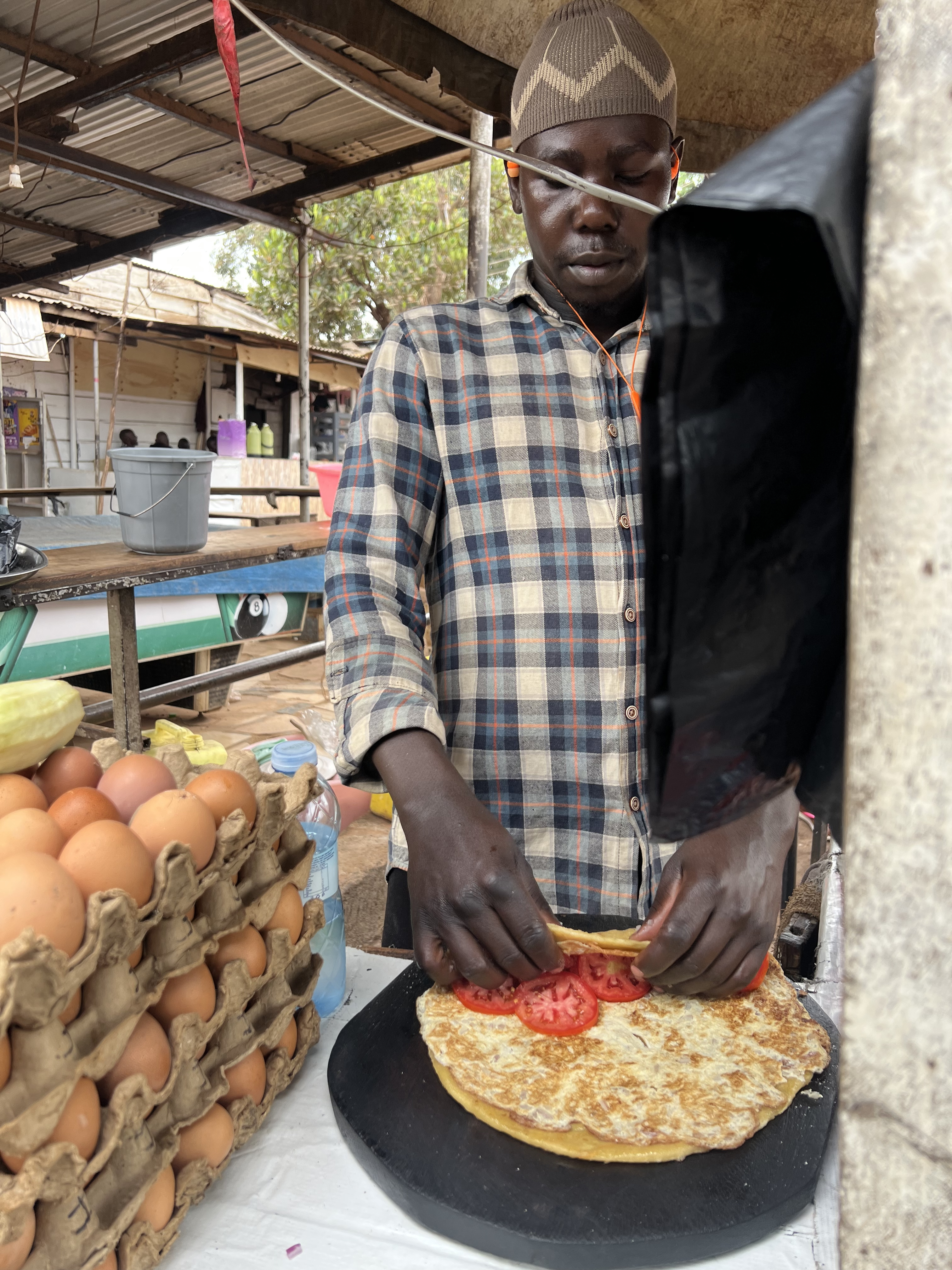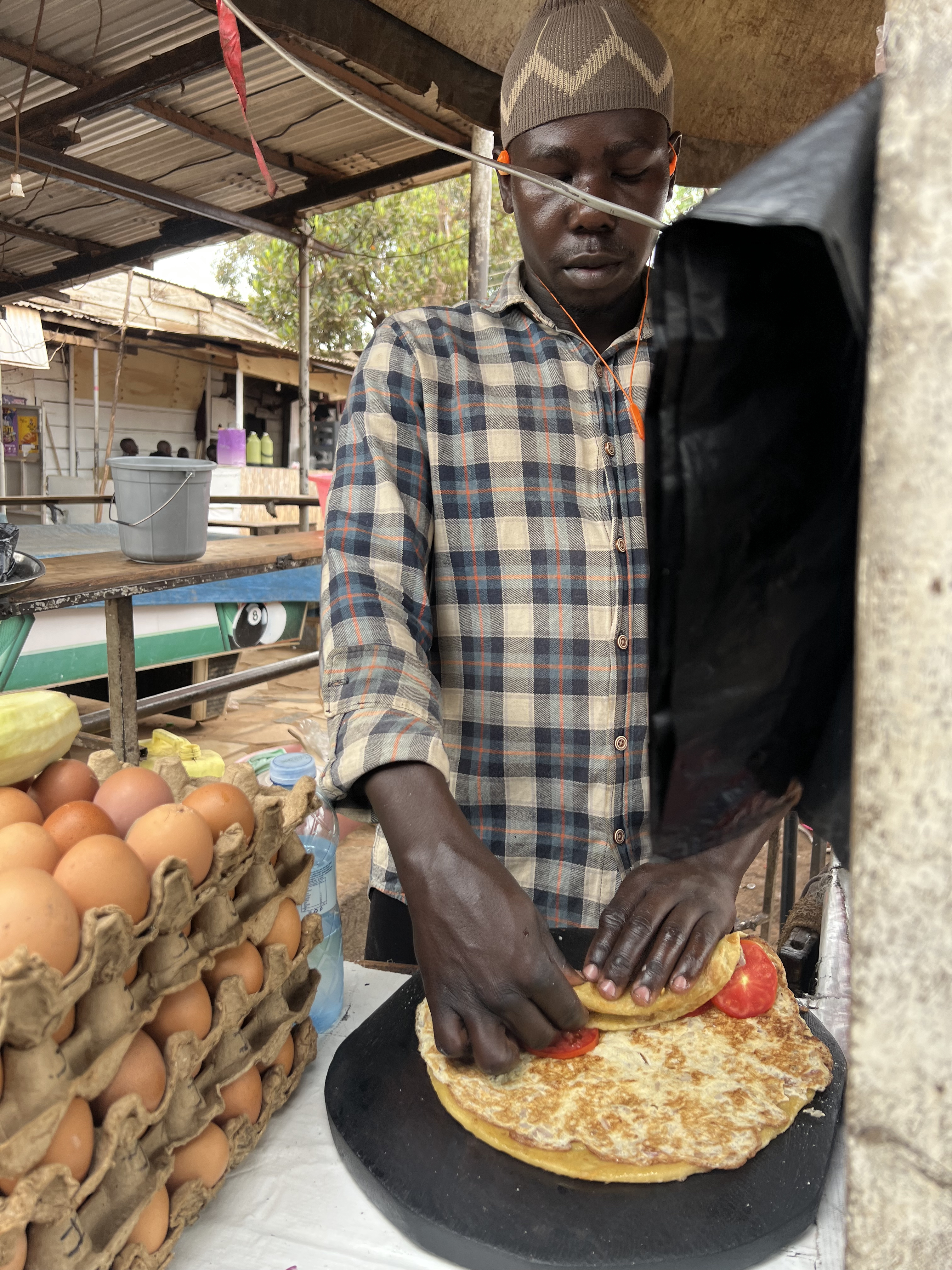Uganda’s Rolex: Tradition Wrapped in a Chapati
Uganda’s Rolex: Tradition Wrapped in a Chapati
There are few things in life that can tell the story of a nation better than its food. In Uganda, that story is wrapped—quite literally—in a humble street delicacy known as the Rolex. It is one of those meals that you can find in every corner of the country, from busy streets in Kampala to small trading centers in Gulu, Fort Portal or Kabale. It’s not about the luxury watches or status; here, a Rolex is a rolled chapati filled with fried eggs and other simple ingredients. Yet behind that simplicity lies a deep cultural identity, one that speaks of creativity, warmth, and the art of making something extraordinary out of the ordinary.
My love for Rolex isn’t just about its taste; it’s about the story behind it, the process, the sound, the smell, and the faces behind those small roadside stalls that feed an entire nation.
The morning ritual
It all starts in the morning: you walk down a dusty street or a busy roadside in Kampala and there he is—the Rolex guy. His small stall might look ordinary—a charcoal stove, a frying pan that has seen better days, a plastic cup, and a few simple ingredients. But to me, that’s where the magic begins.
He starts by rinsing a plastic cup—sometimes with the same precision as a barista cleaning a coffee mug. Then he cracks in two fresh eggs. Tap, tap. The sound is soft but rhythmic, part of the morning music of the streets. He adds a pinch of salt, tosses in chopped onions and sometimes a handful of cabbage or even a bit of flour to give the mixture a thicker texture.
Some people love all those extras—cabbage, green pepper, maybe even a touch of tomato mixed into the eggs. But personally, I keep it simple: just the eggs and onions. Why? Because I love my Rolex topped with Nyanya Mbisi—raw, fresh tomatoes sliced right after the frying. For me, that’s what completes the flavor—the freshness, the bite, and the balance against the warm, fried base.
The art of making a Rolex
Before he pours the eggs onto the pan, the Rolex guy does something interesting. He cools the pan with a splash of cold water—a simple trick to make sure the eggs don’t burn. Then, with a practiced hand, he pours in a bit of local cooking oil. The sizzling sound that follows is unmistakable. It’s the sound of breakfast, of life waking up across Uganda.
As the eggs spread across the pan, the smell rises—that soft aroma of onions blending with heat and oil. A few seconds later, he takes a chapati and places it right on top of the eggs. The two—egg and chapati—bond together perfectly, becoming one.
I’ve always thought that moment defines the whole experience. The chapati doesn’t just sit there; it mingles with the eggs, soaking in the flavor and warmth, creating something that feels both familiar and new. It’s a small act of culinary creativity, an innovation born not in a fancy kitchen, but on the streets.
After a few seconds, he flips it off the pan with a quick, confident motion. Then comes my favorite part: he picks up a tomato, slices it with precision, and places it neatly on top of the chapati. The Nyanya Mbisi moment. The smell of fresh tomato mixing with the warmth of fried eggs and dough is unforgettable!
Choices and customs
How you eat your Rolex says something about you. Some like to double it up: one chapati on the bottom, another on top—the ultimate street sandwich. Others, like me, keep it light: one chapati, rolled tight, eaten warm.
Over the years, the Rolex has evolved—from a simple roadside snack to a customized dish with endless variations. But no matter how fancy it gets, the essence remains the same—quick, affordable, filling, and made with love.
I often tell friends visiting Uganda that if they want to understand this country, they shouldn’t just visit the national parks or museums. They should stop by a Rolex stall. Watch how it’s made, listen to the laughter, the conversation, the everyday rhythm that flows between the customer and the cook. Because that’s where you see Uganda—in its purest form.
The people behind the meal
The Rolex vendors themselves are storytellers of resilience. Many of them are young men who started with little more than a frying pan and a dream. They stand by their roadside stalls every day, from dawn till late night, feeding hundreds of people: students, workers, travelers, and passersby.
Each vendor has his own signature style. Some make their chapati softer, others crispier. Some whisk their eggs with speed and showmanship, others move slowly and carefully. Yet, they all share the same pride when they hand over that rolled-up meal.
Sometimes I ask them questions: how long they’ve been doing this, how many Rolexes they make in a day. One once told me, with a grin, “Brother, I don’t count. I just cook until people stop coming.” That line has always stayed with me. It speaks to the heart of Ugandan hospitality—tireless, humble, and generous.
More than a meal
Over time, the Rolex has become more than just a dish; it’s a symbol of Ugandan ingenuity. What began as a quick snack for students and workers is now a national identity. There’s even a Rolex Festival in Kampala that celebrates this meal every year, bringing together food lovers, chefs, and tourists from all walks of life.
But for me, the true Rolex moment isn’t at the big events; it’s that quiet morning by a roadside stall. The laughter, the simplicity, the smell of frying eggs blending with the sounds of boda bodas passing by. It’s watching the cook do his thing, not rushed, not complicated—just perfect in its own way.
When the Rolex is finally served—warm, rolled, and wrapped in a piece of newspaper or on a simple plate—you take that first bite. The softness of the chapati, the warmth of the eggs, the crunch of onions, and the freshness of tomatoes all come together. It’s more than flavor; it’s memory. It’s the taste of home.
A lifetime memory
Every time I eat a Rolex, I am reminded of why I love this country. Uganda is full of beauty—our wildlife, our people, and our landscapes—but there’s something about our food that speaks to who we are. The Rolex is simple, yet creative. Humble, yet full of character. Affordable, yet priceless in what it represents.
When I travel, I often miss it—that early morning stop by the roadside, the sound of eggs cracking, the smell of frying oil, and that final slice of Nyanya Mbisi on top. Because that, to me, is more than breakfast. It’s a story—one of culture, resilience, and everyday joy.
So yes, I’ve eaten meals from fancy restaurants, tried cuisines from across the world, but nothing beats that moment when I sit down with a warm Rolex, take a bite, and feel that familiar comfort wash over me. It’s not just food; it’s an experience—a connection to place and people that lingers long after the last bite.
A Rolex isn’t just Uganda’s street food. It’s Uganda’s story—rolled, wrapped, and served with a smile.
Written by Julius Oboth, a Tourism Marketing Consultant for Traveossa.
Hashtags: #Uganda #Kampala #Gulu #FortPortal #Kabale #StreetFood #Chapati #Eggs #Tomatoes #Breakfast #FoodCulture #AfricanCuisine #EastAfrica #TravelUganda #BodaBoda #NyanyaMbisi #LocalVendors #FoodStories #Traveossa #DiscoverWithTraveossa

